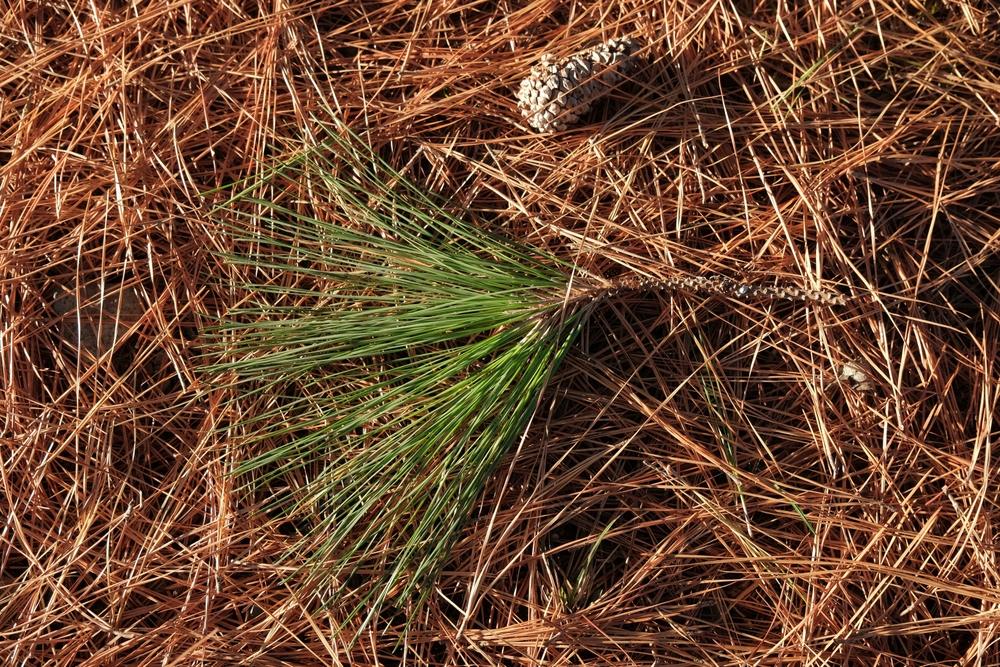Long before modern medicine and pharmaceuticals became officially authoritative, communities across the northern hemisphere harnessed the healing qualities of pine trees. From Native American tribes of North America to the peasant communities of Eastern Europe as well as the Far East, the use of pine needles in medicine was woven into daily life.
These cultures viewed the tall, resin-scented pines as providers of both shelter and sustenance, and their aromatic needles were a constant reminder that the forest could offer remedies where fields or pastures might not. Generations upon generations relied on this botanical forest ally to warm their hearths with wood and mend their ills with simple teas, infusions and poultices.
Cultural Traditions and Regional Variations
As word of the pine’s healing abilities spread through oral tradition, various cultures developed their own unique preparation methods. In the cold climates of Scandinavia and Northern Russia, pine needle teas were brewed to restore vitality during long, bitter winters. Local healers would pluck fresh needles, crush them lightly between their palms, and steep them in hot water, creating a bright, citrusy infusion that was believed to keep illness at bay.
Across the Atlantic, Indigenous peoples in what is now the Northeastern United States and Canada often integrated pine needles into healing rituals. Women would prepare warming teas for their families to support respiratory health. At the same time, tribal elders recommended chewing on a few fresh needles to relieve sore throats and other oral discomforts.
In the mountainous regions of Japan, pine needles held a place of honor among the natural remedies passed down through generations. Poets praised their purity, while healers prepared soothing baths and gentle compresses with the needles to ease body aches and maintain longevity. Whether wrapped in cloth and warmed over a fire or brewed slowly in clay vessels, these needles were valued for their subtle ability to restore equilibrium and comfort.

Symbolism and Spiritual Significance
Beyond their medicinal uses, pine needles have also held profound symbolic meaning. Many people saw the evergreen nature of the pine as a sign of resilience and perpetual life. The pine remained green, promising a sort of renewal as the world slipped into winter’s cold embrace. Healers and shamans sometimes included pine needles in their rituals for healing benefits and as a symbolic gesture of hope, strength, and endurance.
In some indigenous traditions, burning dried pine needles cleansed a home’s spiritual energy, creating a safe environment for the sick to rest and recover. The fragrant smoke was believed to carry prayers and intentions upward, aligning the physical and spiritual realms. Such practices underscored that healing was a physical process as well as a psychological and spiritual journey in which pine needles played a central role.
Practical Applications in Daily Life
Despite shifting cultural landscapes and the rise of modern medicine, these age-old remedies have not disappeared entirely. In remote parts of the world, elders still teach younger generations how to identify and harvest the most vibrant needles from the healthiest trees.
They demonstrate the gentle art of making pine needle tea and share advice on when to gather and how to store these delicate gifts of nature. Off-grid communities, homesteaders, and modern foragers are now rediscovering these time-tested approaches. The knowledge that once seemed at risk of vanishing is slowly being revived, adapted, and shared.
For anyone stepping away from a more industrialized lifestyle, pine needles offer a gateway to self-sufficiency and a closer relationship with the land. Brewing a soothing tea or creating an aromatic steam bath from one’s immediate environment fosters independence from commercial supply chains and encourages a reverent attitude towards nature. By embracing these techniques, individuals find that nature’s pharmacy can be as close as the nearest stand of evergreens.
Integrating Tradition into the Off-Grid Lifestyle
In an off-the-grid setting, where electricity and mass-produced goods might be scarce, pine needles are readily available in many locales. They can be harvested with little more than a careful hand and a keen eye. Preparing pine needle infusions becomes a simple, mindful ritual, reminding us that health and well-being only sometimes come prepackaged in plastic or prescription containers. When carefully sourced, a handful of fresh needles can steep into a tonic that fortifies the immune system and soothes the respiratory tract.
This gentle medicine asks for little in return… only respect for the forest and its cycles. As off-grid dwellers chop wood, tend gardens, and gather wild berries, they can also turn to pine trees for quiet companionship and health. Sharing a cup of pine needle tea around the communal table allows one to reflect on ancestral wisdom. In these moments, the flavors and scents connect generations past with those seeking a path forward that is more harmonious, resilient, and grounded in the rhythms of God’s creation.
Moving Forward with Ancestral Knowledge
The history of using pine needles for healing invites us to consider a gentler approach to wellness. Although the “lost way” of healing may never again be as widespread as it once was, its revival ensures that future generations will at least know where to look. The forest, so often seen as a source for only timber and game, can also be a source of quiet healing power.
As we rediscover these traditions, we find that health can be as simple as steeping a handful of fresh pine needles in hot water, breathing in their fragrance, and remembering that the answers we seek have often been right in front of us, waiting patiently in nature’s embrace.










